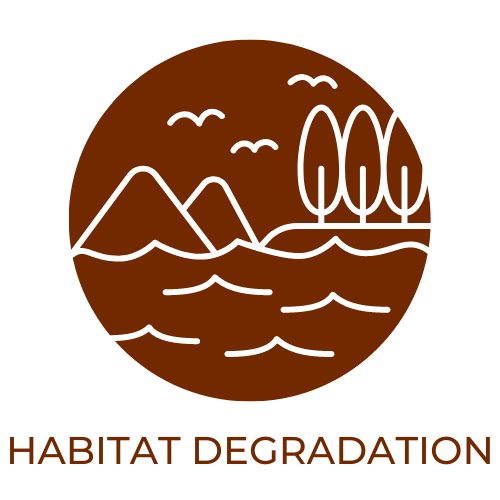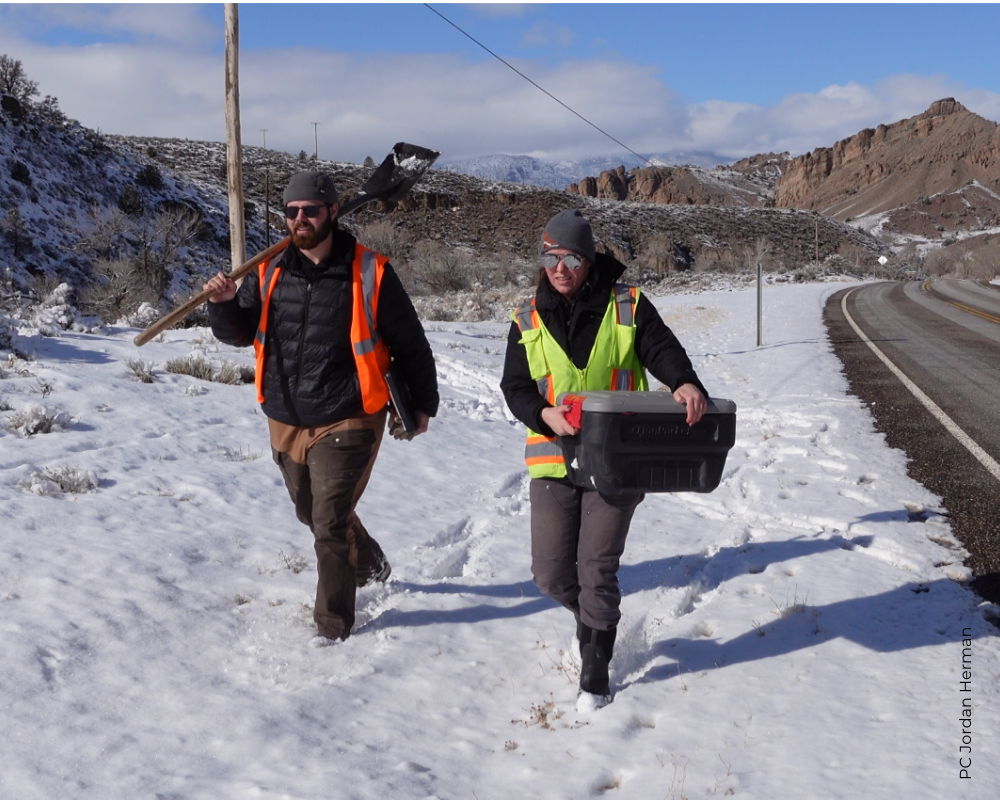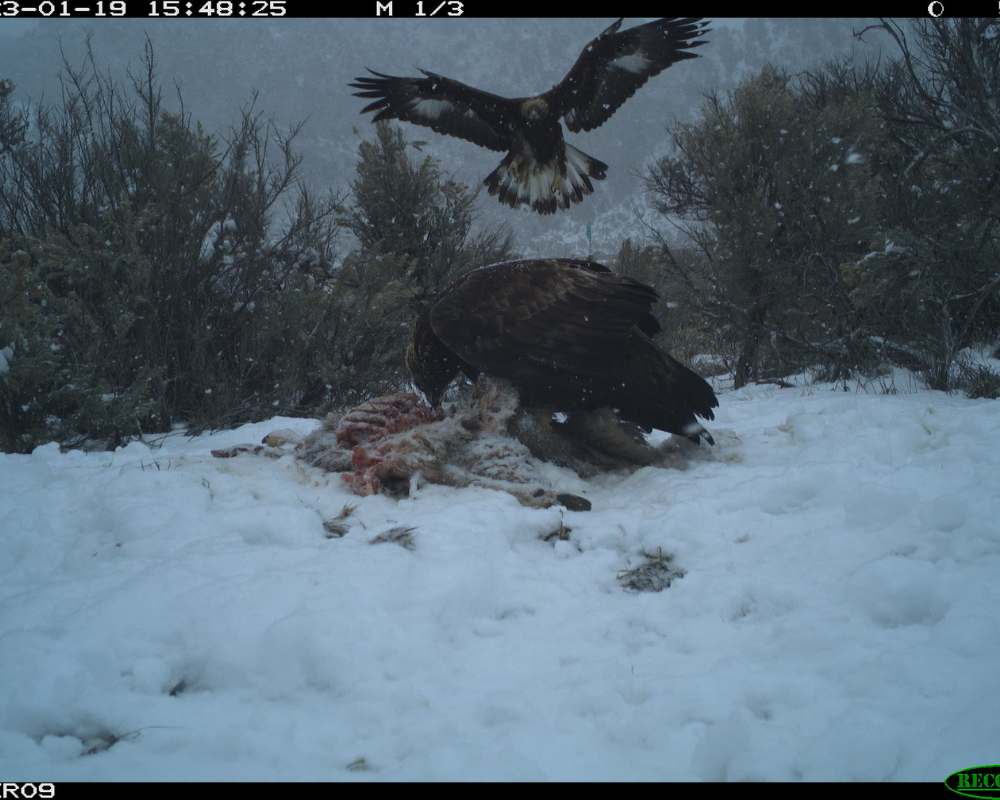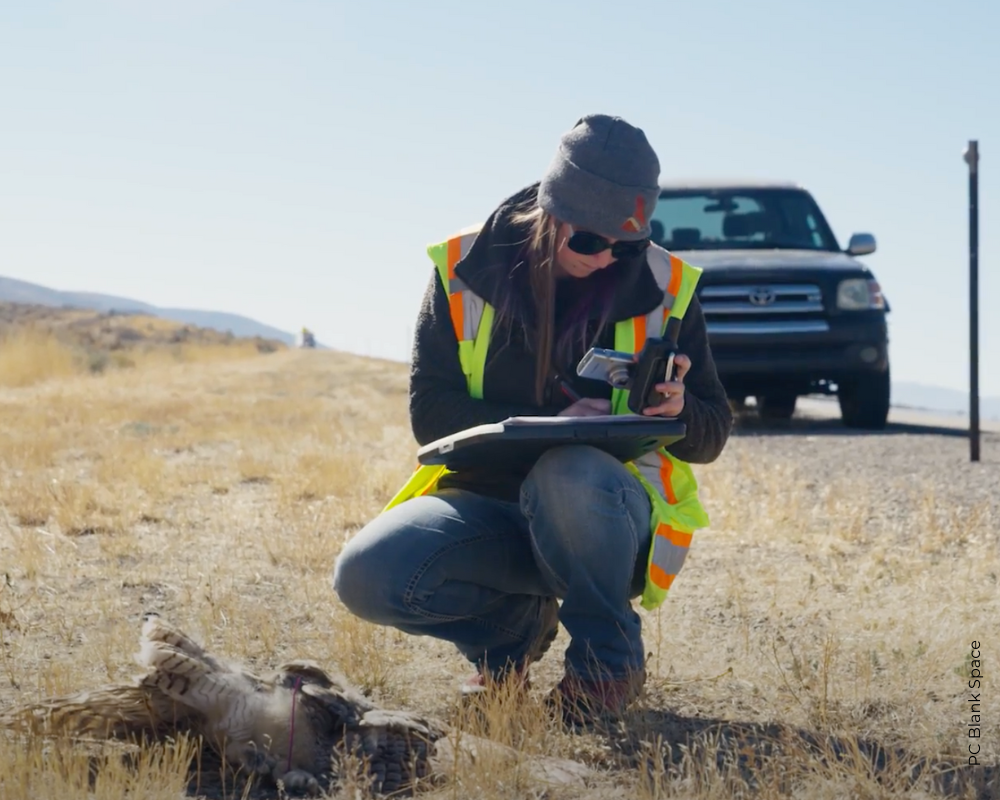Eagle Vehicle Strike
Program at a Glance
Focal Species: Golden Eagle, Bald Eagle
Study Area: Utah; Wyoming; Oregon
Threats:


Program Highlights
Carcasses moved
million
Photos captured
Eagle-vehicle interactions captured



Focal Species: Golden Eagle, Bald Eagle
Study Area: Utah; Wyoming; Oregon
Threats:




